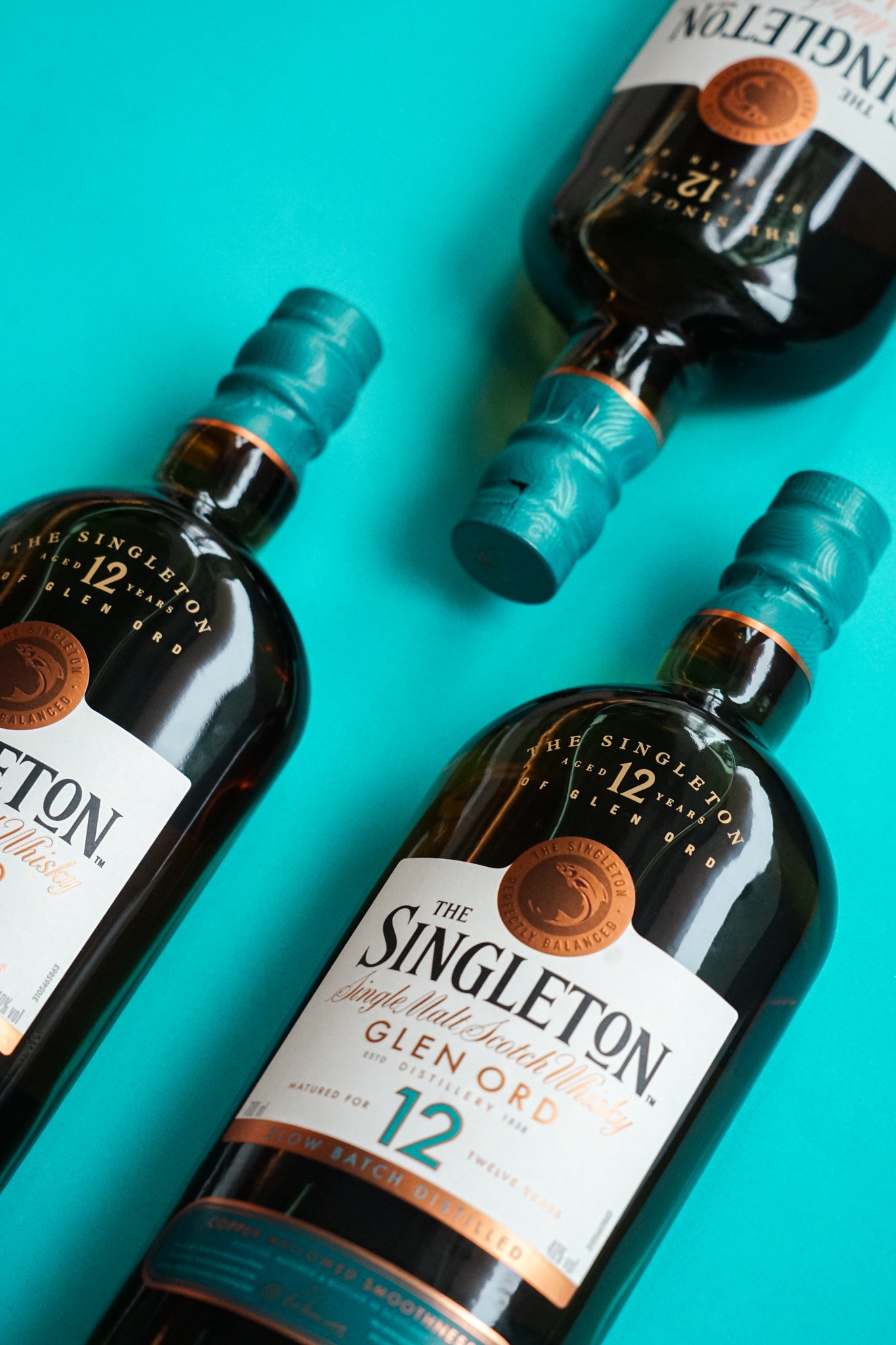According to The Scotch Whisky Regulation, in order to be called "Scotch Whisky" on the label, the whisky must be made from malt, water, and yeast within Scotland, aged for at least 3 years in oak casks, and bottled at a minimum strength of 40% alcohol. It is widely believed that the "barrel ageing" process is crucial in these specifications. Besides the type of oak barrels used, their sizes, and the number of times they've been used, the most fascinating aspect of their influence on flavour is undoubtedly the "ageing years." What does each number behind the ageing years signify?
Firstly, it is necessary to clarify the difference between "Single Malt Whisky" and "Single Cask Whisky". The former refers to "whisky made by a single distillery", while the latter refers to "whisky made by a single distillery and from a single cask". If a single cask whisky label reads 12 years, then the whisky has been aged for the same amount of time in the cask. However, if a Single Malt Whisky label shows an age statement, it actually refers to "the minimum age of the whisky contained in the bottle", and this is the difference between the two.
For example, The Singleton 12-Year-Old Single Malt Whisky is a blend of "12 years and older" whiskies.

Just as there are no two identical snowflakes in the world, whisky casks are like snowflakes, with each cask being unique. Even if they are distilled at the same time, in the same month and year, and even if they are matured in bourbon casks, different casks will have different wood grain patterns, and even the slightest difference can result in vastly different flavours.
Blending these distinctive barrels with their unique characteristics to create a consistent, century-old classic flavour of a distillery requires the skill of a master blender. They blend and mix barrels of different ages and flavours to create the classic taste of Glen Ord, which has been passed down through generations.
Take The Singleton of Glen Ord 12-Year-Old as an example, with its silky smooth texture and fruity fragrance, includes Glen Ord whiskies that are 12 years old or older, even though the label says "12 Year Old." According to the Scotch Whisky Regulation, all blended whiskies must only display the "minimum age" of the whiskies used. Regardless of how many years have passed, The Singleton of Glen Ord 12-Year-Old maintains its smooth fruity flavour, ensuring that this classic taste will be passed down for generations to come.
In other words, the age statement on single malt whisky such as 12, 15 or 18 years old is more like a reference. The longer the maturation in the cask, the richer and more complex the flavour usually becomes. Therefore, a single malt whisky labeled as "18 years" is often more complex and full-bodied than a "12 years" one. If you want a richer and more full-bodied whisky, choosing a higher age statement is a good reference, but the most accurate way is always to taste it yourself.
During the tasting process, it is recommended to let your senses guide you and forget about the age statement. This will give you a different tasting experience.

 ▼▼▼
▼▼▼